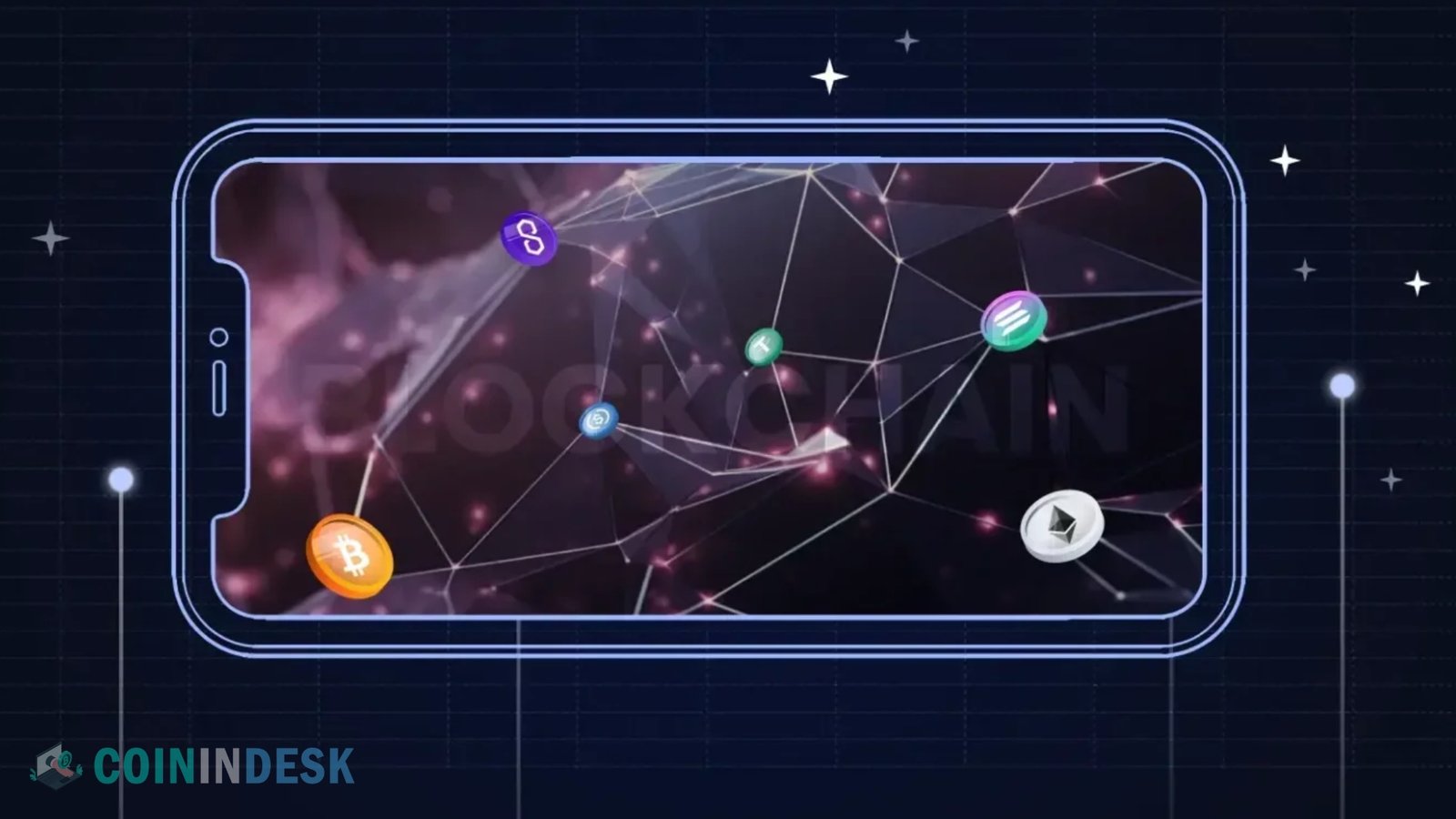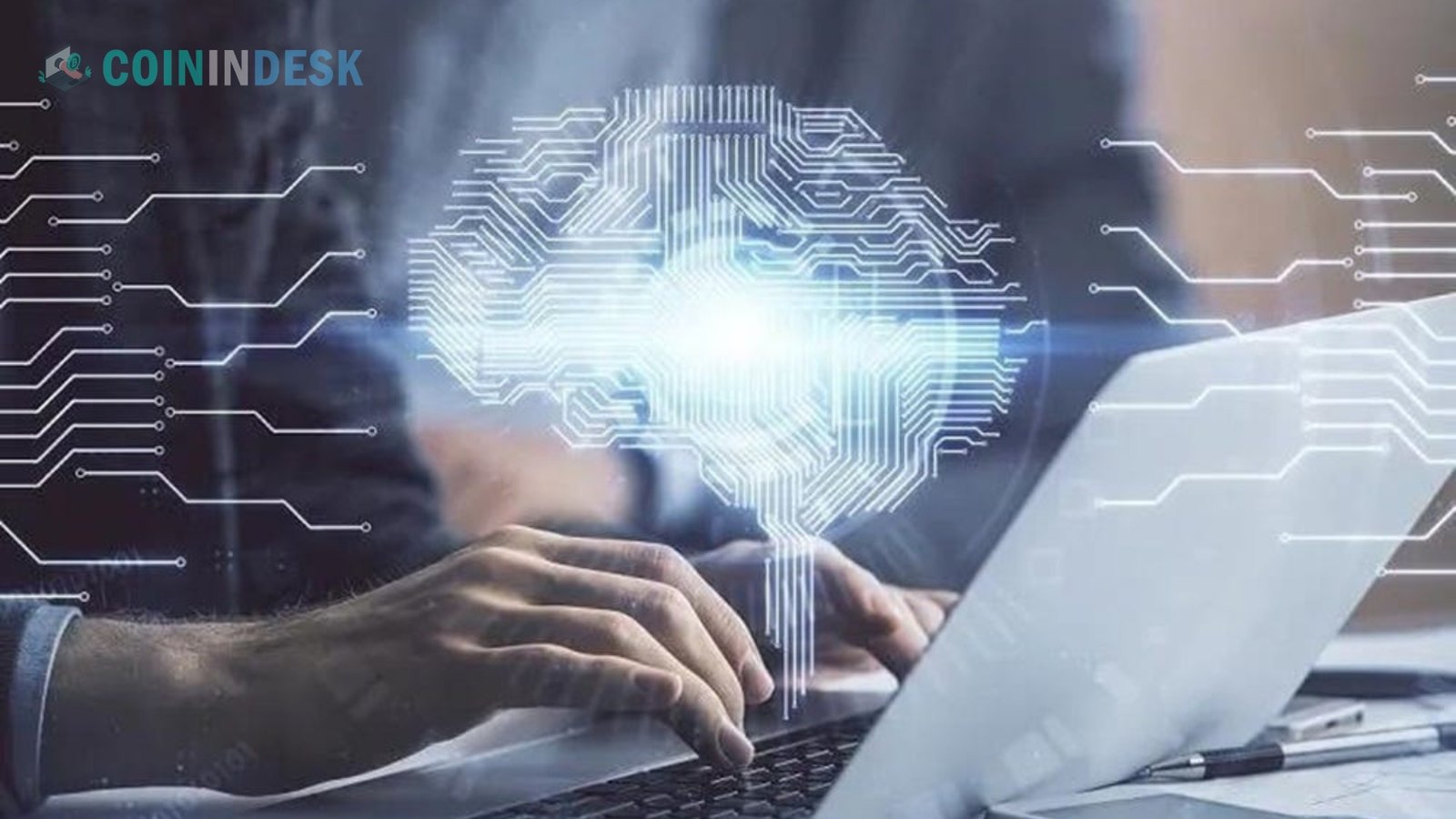Intent-Centric Blockchain. As blockchain technology develops, new ideas emerge; “intents” is one of the latest jargon to shake up the cryptocurrency industry. By bringing a new paradigm that promises advantages but also introduces new risks, these intent-centric programs radically alter the use of blockchains.
These intent-centric solutions have recently driven a subtle revolution in the crypto field. However, what “intents” are making waves in the blockchain world? Redefining the paradigm of user engagement with these decentralized networks, they represent a particular goal that a user hopes to achieve within a blockchain context.
This essay explores the core of blockchain intents, revealing their function and revolutionary power. A comprehensive grasp of intent-centricity—from its operational procedures to the hazards and rewards it brings—is crucial for appreciating the current dynamics of the cryptocurrency industry.
What are Blockchain Intents?
The blockchain landscape is constantly evolving, and the emergence of “intents” is a groundbreaking shift in how users interact within decentralized networks. But what exactly do these “intents” entail in crypto and blockchain technology?
Intent-centricity in blockchain signifies a paradigm where users articulate specific objectives they aim to achieve within the blockchain environment. Unlike conventional methods, where users provide explicit step-by-step instructions for transactions, intent-centric systems focus on expressing the desired outcomes rather than micromanaging the process details.
These intents act as specific goals users wish to accomplish within the blockchain ecosystem, introducing a novel approach that streamlines user interactions with decentralized networks. Intuition redefines user engagement with a more outcome-driven and user-friendly perspective, whether it involves trading activities, protocol interactions, or other blockchain-related operations.
The fundamental principle of intent-centricity revolves around users articulating their goals, leaving the execution and intricacies of the task to be managed by the underlying protocols, AI bots, or other designated entities known as “solvers.” These solvers execute the intent, offering users a streamlined and efficient way to interact with blockchain networks.
This shift from detailed instructions to broader intents mirrors the essence of hailing a taxi: providing the destination to the driver instead of dictating each turn. Similarly, users express their desired outcomes, allowing blockchain protocols and solvers to navigate the complexities and intricacies, ultimately simplifying user interactions.
The rise of intent-centric services, including platforms like Anoma, Flashbots, and CoW Swap, signifies the increasing adoption of this paradigm shift in crypto. These platforms enable users to submit general goals or intents, such as seeking optimal trading prices or executing specific transactions, empowering third-party solvers to fulfill these intents for a fee.
Understanding blockchain intents illuminates a transformative shift in user experience and operational efficiency within decentralized networks. It redefines the user engagement model, promising a more user-friendly and streamlined approach to interacting with blockchain technology.
How does Blockchain Intent Work & Why Is It Important
Blockchain intent, operating on user-defined objectives rather than step-by-step instructions, marks a significant shift in how transactions and interactions occur within decentralized networks. But how does this concept operate, and why is it essential?
How Blockchain Intent Functions
Traditional transaction models are turned on their heads by blockchain purposes. Users state their goals without going into the nitty-gritty of how to execute the blockchain instead of giving thorough, step-by-step directions.
Token swaps, complicated transactions, asset management optimization, and protocol interactions are all examples of situations where users express their intent. In the solver network, these intentions are relayed to various actors, or “solvers,” who may be humans, other protocols, or artificial intelligence bots. These solvers are responsible for solving the problems, using their skills and resources to fulfill the user’s request. Execution without micromanagement: Users can simplify their connection with the blockchain by letting solvers manage the complexity. User experience and efficiency are both improved by moving away from micromanagement and toward goal-setting.
Significance of Blockchain Intent-Centricity
Blockchain intent streamlines user engagement, transactions, interactions, and operations inside the blockchain ecosystem, making it more efficient and easier to use. The system can handle the complexities because users specify their objectives. It caters to the varied needs of crypto space users by supporting a broad spectrum of intentions, from simple transactions to complex DeFi activities.
Intent-centric blockchain improves the user experience by simplifying transactions so users don’t have to worry about complicated navigation. This will make blockchain activities more accessible and user-friendly. By putting the user first, blockchain technology revolutionizes decentralized system interactions, leading to greater efficiency, personalization, and an easier way to navigate the cryptocurrency ecosystem.
Use Cases of Intent-Centric Systems
Intent-centric systems within the blockchain environment introduce a new way of thinking about user interaction with decentralized networks. Many areas of the crypto environment use these systems, which are motivated by user-defined goals instead of complex instructions.
With intent-centric Blockchain, users can communicate trading goals instead of concrete instructions. Allowing users to specify trading objectives, such as purchasing or selling at particular prices, paves the way for automated trading. These technologies are crucial in decentralized finance (DeFi) for asset management and DeFi operations. The system can manage the intricate financial transactions associated with user-expressed goals, such as rebalancing asset portfolios or optimizing yield farming systems.
Intent-centric systems allow for the smooth execution of cross-chain transactions. Users can specify their desire to move assets between several blockchains, and the system will use solvers to determine the best way to do so. These solutions optimize interactions with protocols and make them easier to use. However, Users can communicate overarching objectives, such as engaging with intelligent contracts or participating in governance procedures, without learning the protocol’s inner workings.
Intent-centric systems provide customization, which improves the user experience. They allow users to specify their preferences, enabling the blockchain network to deliver personalized experiences, streamlining processes, and making them easier to use.
Crypto’s intent-centric solutions have many uses, from streamlining complicated transactions to improving asset management. Its ability to quickly adjust to new situations and prioritize users’ needs will significantly improve the blockchain ecosystem as a whole.
Risks & Challenges Intent-Centric Systems in Crypto
- Centralization Concerns: Intent-centric systems might lead to concentration of control if a few solvers dominate, contradicting decentralization.
- Trust and Security: Entrusting intents to solvers pose security vulnerabilities, requiring robust data and asset protection measures.
- Monopolistic Tendencies: Certain solvers could monopolize intent categories, potentially exploiting users through elevated fees or biased actions.
- User Privacy and Data: Expressing intents might expose sensitive user data, demanding stringent measures for safeguarding user privacy.
- Regulatory Compliance: Adhering to evolving regulations poses a challenge, especially concerning third-party solvers, necessitating compliance.
- Reliability and Transparency: Ensuring the reliability of solvers and transparent execution of intents remains a concern for user trust and confidence.
Conclusion
In crypto, intent-centric systems are reshaping the landscape by streamlining transactions and unlocking new possibilities. However, these advancements come with critical challenges that demand careful navigation to maintain blockchain technology’s integrity and decentralization ethos. As this paradigm unfolds, balancing innovation with security, decentralization, and user protection becomes paramount for a sustainable and trustworthy blockchain future.


